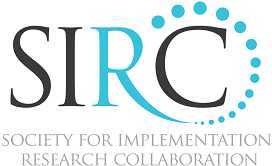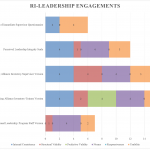|
RI – Leadership Engagement refers to the commitment, involvement, and accountability of leaders and managers to the implementation of their organization’s new intervention. |
|
| Readiness for Implementation (RI) – Leadership Engagement | |
|
To see the head-to-head comparisons of the evidence-based assessment rating profiles for the instruments listed below, please click here. |
|
|
Implementation Leadership Scale (UPDATED) Aarons, Ehrhart, Farahnak, 2014 |
|
|
The Implementation Leadership Scale is a 12-item scale that measures specific behaviors that leaders exhibit to promote effective implementation. |
|
|
Leadership of Immediate Supervisor Questionnaire (LISQ) Taxman, Henderson, Young, & Farrel (2012)
|
|
| The Leadership of Immediate Supervisor Questionnaire is an 8-item scale that indicates the extent to which a staff member feels his or her supervisor ‘‘leads by example’’ and ‘‘provides well-defined performance goals and objectives.’’ | |
|
Perceived Leader Integrity Scale (PLIS) Craig & Gustafson (1998) |
|
| The Perceived Leader Integrity Scale is a 31-item instrument that measures teachers’ perceptions of the leaders’ integrity. | |
|
Supervisory Working Alliance Inventory- Supervisor’s Version (SWAI – S) Efstation et al. (1990) |
|
| The Supervisory Working Alliance Inventory- Supervisor’s Version is a 23-item instrument that measures the strength of the supervisory working alliance in counselor supervision from the perspective of the supervisor. | |
| Supervisory Working Alliance Inventory- Trainee Version (SWAI – T) Efstation et al. (1990) |
|
| The Supervisory Working Alliance Inventory- Trainee Version is a 19-item instrument that measures the strength of the supervisory working alliance in counselor supervision from the perspective of the supervisee. | |
| Survey of Transformational Leadership – Program Staff Version (TCU STL-S) Texas Christian University (2009) |
|
| The Survey of Transformational Leadership (STL) – Program Staff Version is an 84-item comprehensive assessment instrument that reflects approaches to the conceptualization and measurement of transformational practices by asking questions about the leadership style of a clinical director. |
Disclaimer: Some instrument descriptions were taken directly from articles contained in specific instrument pages.

